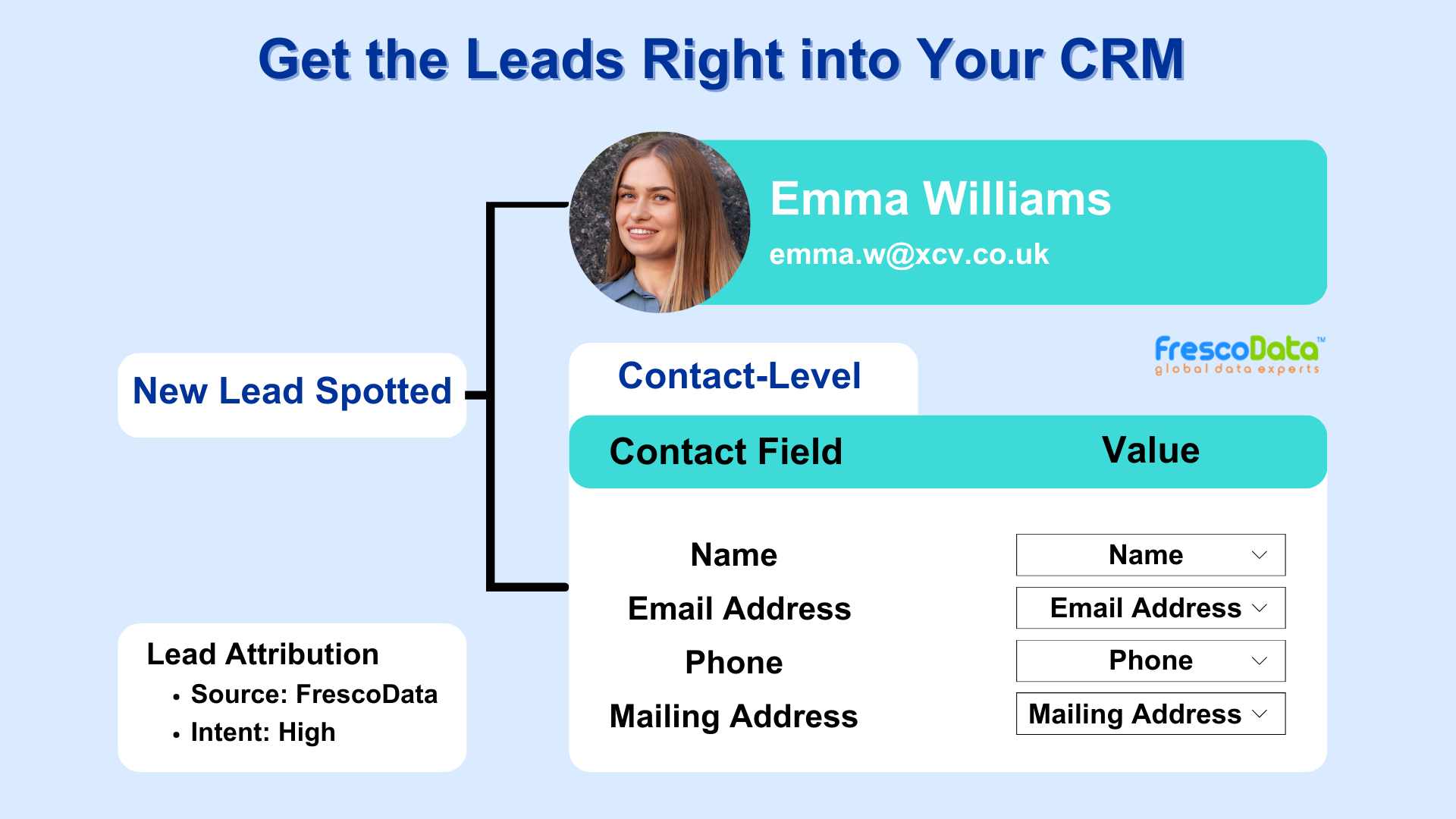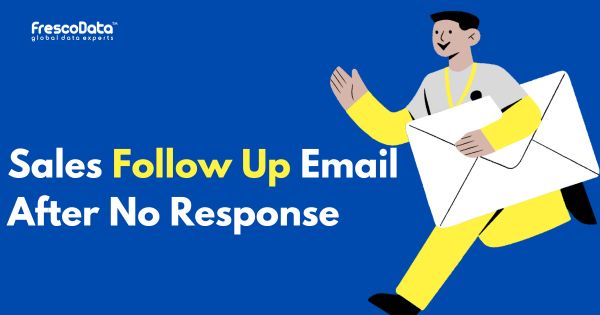- Introduction
-
What are Key Performance Indicators?
-
Key Characteristics
-
Relevance
-
Measurability
-
Clarity
-
Time-Bound
-
Actionable
-
Consistency
-
Common Marketing KPIs
-
PPC KPIs
-
CPA
-
Conversion Rate
-
CTR
-
CPC
-
ROAS
-
Impressions
-
Ad Position
-
Quality Score
-
Ad Clicks
-
Ad Impressions Share
-
Email Marketing KPIs
-
Open Rate
-
Email CTR
-
Email Conversion Rate
-
Social Media KPIs
-
Engagement Rate
-
Follower Growth Rate
-
Social Media Impressions
What are Key Performance Indicators?

Key Performance Indicators (KPIs) are quantifiable and measurable metrics that businesses use to evaluate and gauge their success in achieving specific objectives or goals. They provide a clear and focused way to assess performance, measure progress over time, and make data-driven decisions. These indicators vary across industries and organizational objectives but are generally designed to reflect critical aspects of performance.
Key Characteristics
Here are some key characteristics of Key Performance Indicators:
Relevance
KPIs should directly align with the goals and objectives of the business. They need to be relevant to the specific outcomes the organization aims to achieve.
Measurability
KPIs should be measurable in a quantifiable way, allowing for accurate tracking and comparison. This often involves using numerical values, percentages, or other standardized metrics.
Clarity
KPIs need to be clear and easily understood by stakeholders. They should convey a straightforward message about performance and progress.
Time-Bound
KPIs are often associated with a specific timeframe. Whether measured daily, monthly, or annually, having a time component helps track progress over defined periods.
Actionable
KPIs should provide insights that lead to actionable decisions. When a KPI indicates a performance issue or success, it should prompt relevant actions to improve or maintain performance.
Consistency
Consistency in measurement is crucial for accurate trend analysis. Organizations should maintain consistent methodologies and definitions when measuring Key Performance Indicators over time.
Examples of Key Performance Indicators vary across different business functions and industries.
Common Marketing KPIs
Here’s a list of common Marketing Key Performance Indicators along with their formulas and what each KPI measures:
PPC Key Performance Indicators
Cost Per Conversion/Acquisition (CPA)
What is Measures: The average cost incurred for each completed conversion (e.g., purchase, sign-up).
Formula:
Number of Conversions / Total Cost
Conversion Rate
What it Measures: The percentage of users who took a desired action (e.g., made a purchase or filled out a form) after clicking on the ad.
Formula:
(No. of Conversions / No. of Visitors) × 100
Click-Through Rate (CTR)
What it Measures: The percentage of people who clicked on the ad after seeing it.
Formula:
Number of Clicks / Number of Impressions × 100
Cost Per Click (CPC)
What it Measures: The average cost incurred each time a user clicks on the ad.
Formula:
Total Cost of Campaign / Number of Clicks
Return on Ad Spend (ROAS)
What it Measures: The revenue earned for every dollar spent on advertising.
Formula:
Revenue from Ads / Cost of Ads
Impressions
What it Measures: The total number of times the ad is displayed to users.
Formula:
Not applicable (Impressions are a count).
Ad Position
What it Measures: The average position of the ad on the search engine results page.
Formula:
Not applicable (Ad position is a metric provided by advertising platforms).
Quality Score
What it Measures: A measure of the relevance and quality of the ad, affecting ad placement and cost.
Formula:
Not applicable (Quality Score is determined by the advertising platform).
Ad Clicks
What it Measures: The total number of clicks on the ad.
Formula:
Not applicable (Ad Clicks is a count).
Ad Impressions Share
What it Measures: The percentage of times the ad was displayed compared to the total available opportunities.
Formula:
Ad Impressions / Total Eligible Impressions×100
Email Marketing KPIs
Open Rate
What it Measures: The percentage of email recipients who opened an email.
Formula:
Number of Opened Emails / Number of Delivered Emails × 100
Click-Through Rate (Email CTR)
What it Measures: The percentage of email recipients who clicked on one or more links contained in an email.
Formula:
Number of Clicks / Number of Delivered Emails × 100
Conversion Rate
What it Measures: The percentage of email recipients who completed the desired action after clicking on a link in the email.
Formula:
Number of Conversions / Number of Clicks × 100
Social Media KPIs
Engagement Rate
What it Measures: The level of interaction users have with social media content.
Formula:
(Likes + Comments + Shares) / Number of Followers×100
Follower Growth Rate
What it Measures: The rate at which a social media account gains or loses followers.
Formula:
New Followers – Lost Followers / Total Followers×100
Social Media Impressions
What it Measures: The total number of times social media content is displayed on users’ screens.
Stay Updated
Recent Blogs

3 Reasons to Buy Email List
Are you hesitant to buy email list for your business? Some would say buying an email list ...
November 18, 2024
Sales Follow-up Email After No Response!
70% of sales reps don’t follow up with prospects after no response. (Source) Are you...
September 2, 2024
5 CTV Advertising Tips to Get The Most Out of It
Connected TV has opened up many interesting opportunities for advertisers, allowing them t...
August 27, 2024